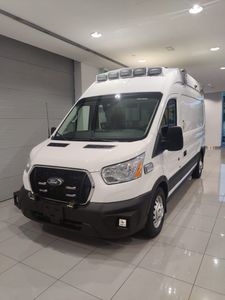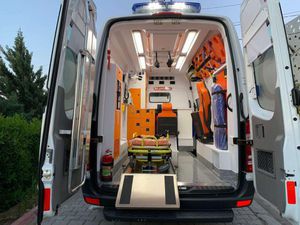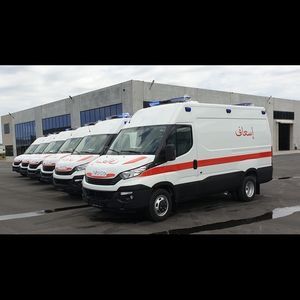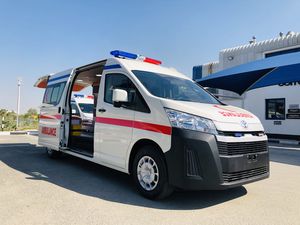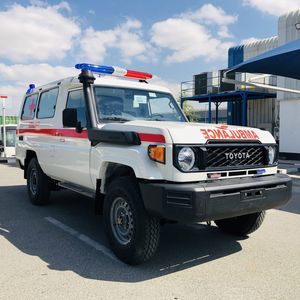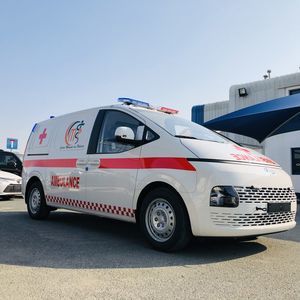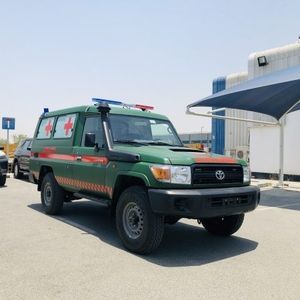
- Primary care
- Emergency medicine, Resuscitation
- Transfer ambulance
- ICU AUTOMOTIVE IMPORT EXPORT AND CONSULTING.
- Products
- Catalogs
- News & Trends
- Exhibitions
Transfer ambulance Renault Mastervan
Add to favorites
Compare this product
Characteristics
- Applications
- transfer
- Configuration
- van
Description
Renault Master Ambulance; technology advancements, largely in the spheres of medicine and transportation among other areas, are underpinning changes in the design and equipment of ambulances so that today’s ambulance no longer resembles that of yesteryears. In addition to their traditional role, modern emergency care units are shifting focus to the preventive health area including provision of first aid, patient transportation, as well as the transfer of patients between hospitals. Use of specialist ambulances is also becoming more frequent, i.e. those responding to accidents involving hazardous substances, those transporting patients to specialized hospital departments, those conducting medical examinations, preventive checks, or issuing assistance during social events as requested by both public and private bodies. Meanwhile, ambulances are equipped with increasingly complex and sophisticated medical test and monitoring devices, communication systems, computerized medical systems, and special medical equipment. The overall goal of an ambulance’s medical fit-out is to extend at the pre-hospital level the intensive or semi-intensive care provided with the current standard of medical equipment.
1.1. Background and Significance
Rescue and firefighting are specific missions characterized by high risk and demanding requirements. Beyond firefighters, vehicles have to provide safe transport and medical treatment for people during the journey to a hospital. Thus, in case of incidents or natural disasters, the rescue organization has to reach victims as fast as possible, making the journey quick and as comfortable as possible for the people being transported.
Catalogs
No catalogs are available for this product.
See all of ICU AUTOMOTIVE IMPORT EXPORT AND CONSULTING.‘s catalogsOther ICU AUTOMOTIVE IMPORT EXPORT AND CONSULTING. products
Ambulances
Related Searches
- Stretcher
- First response vehicle
- Non-invasive ventilator
- Emergency stretcher
- Van first response vehicle
- Foldable stretcher
- Mobile health vehicle
- Portable ventilator
- CPAP ventilator
- Emergency ventilator
- Transport ventilator
- Truck mobile health vehicle
- Ambulance with oxygen cylinder
- Box body ambulance
- Stretcher on casters
- Compact ventilator
- Type A ambulance
- Type B ambulance
- Off-road ambulance
- Diesel ambulance
*Prices are pre-tax. They exclude delivery charges and customs duties and do not include additional charges for installation or activation options. Prices are indicative only and may vary by country, with changes to the cost of raw materials and exchange rates.


